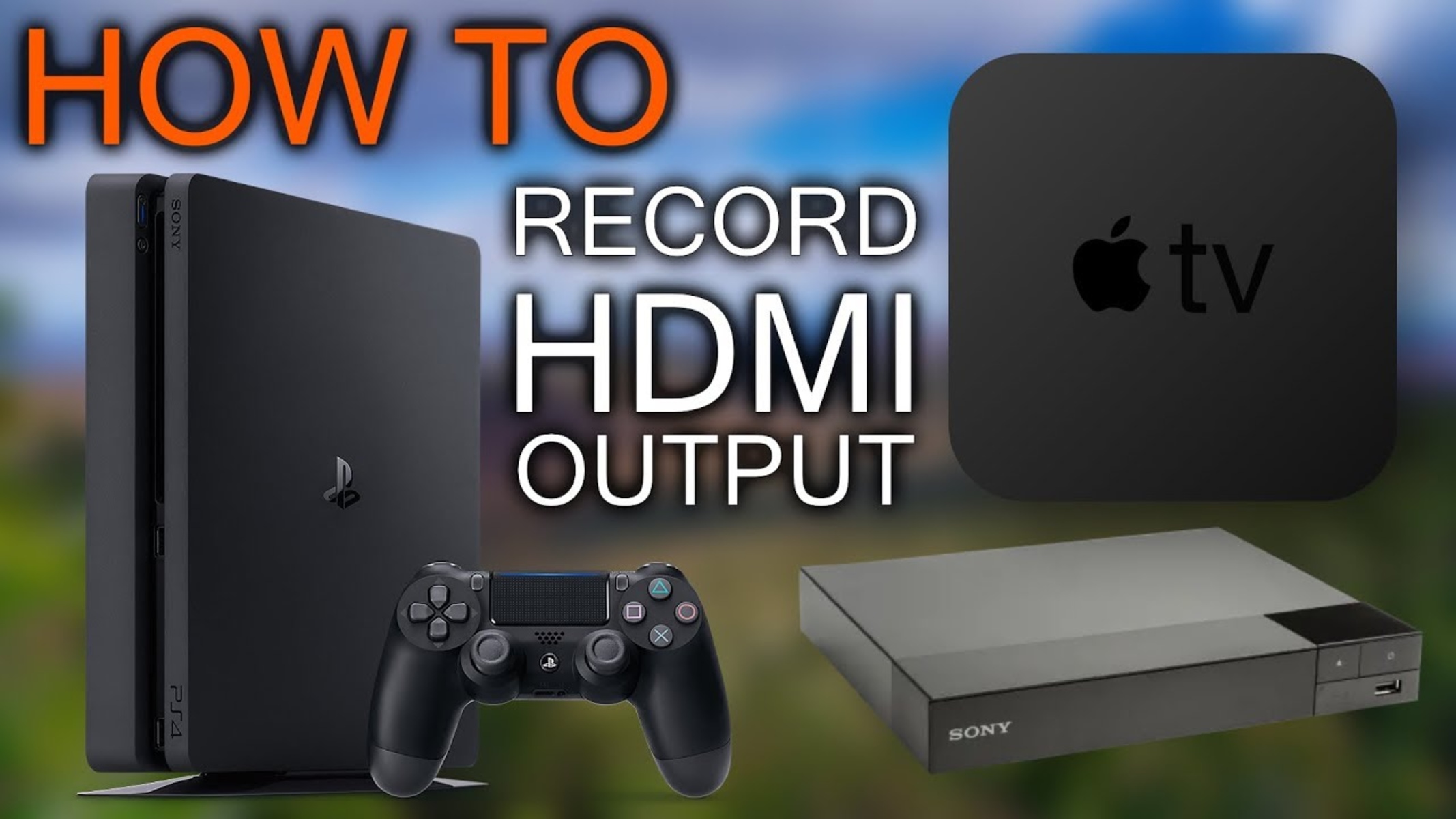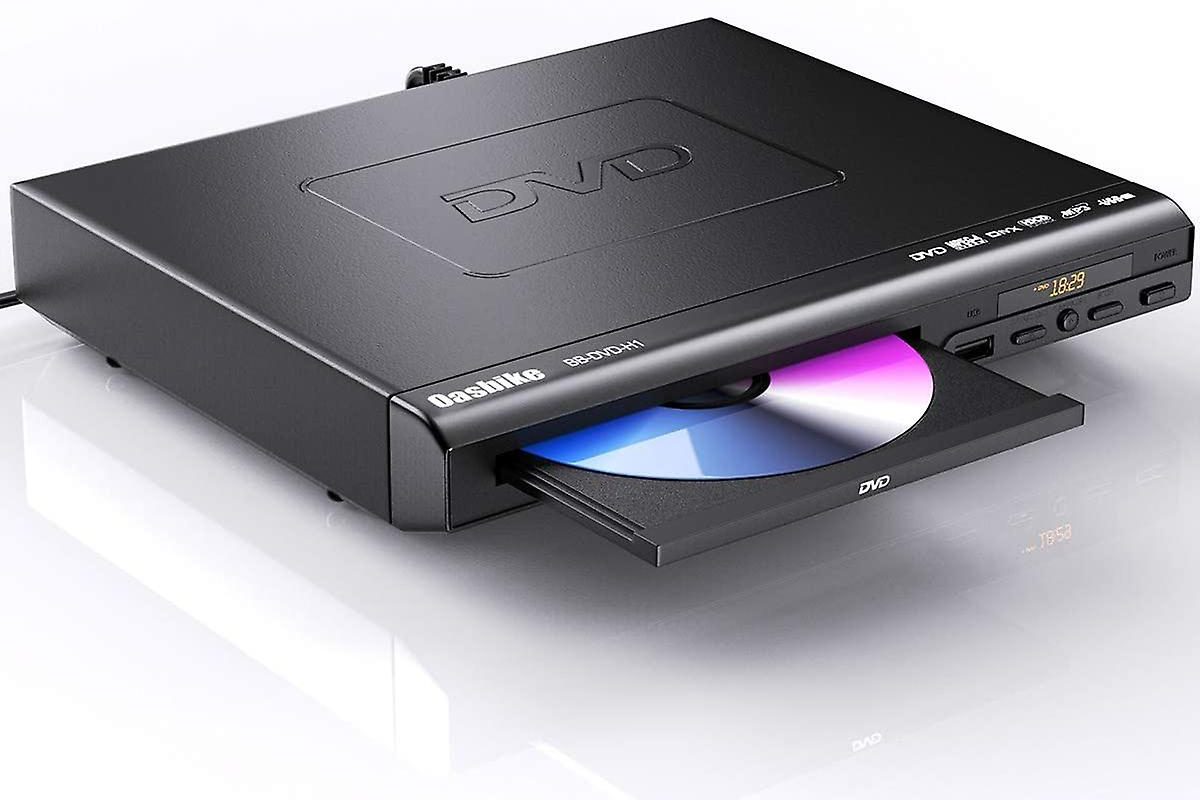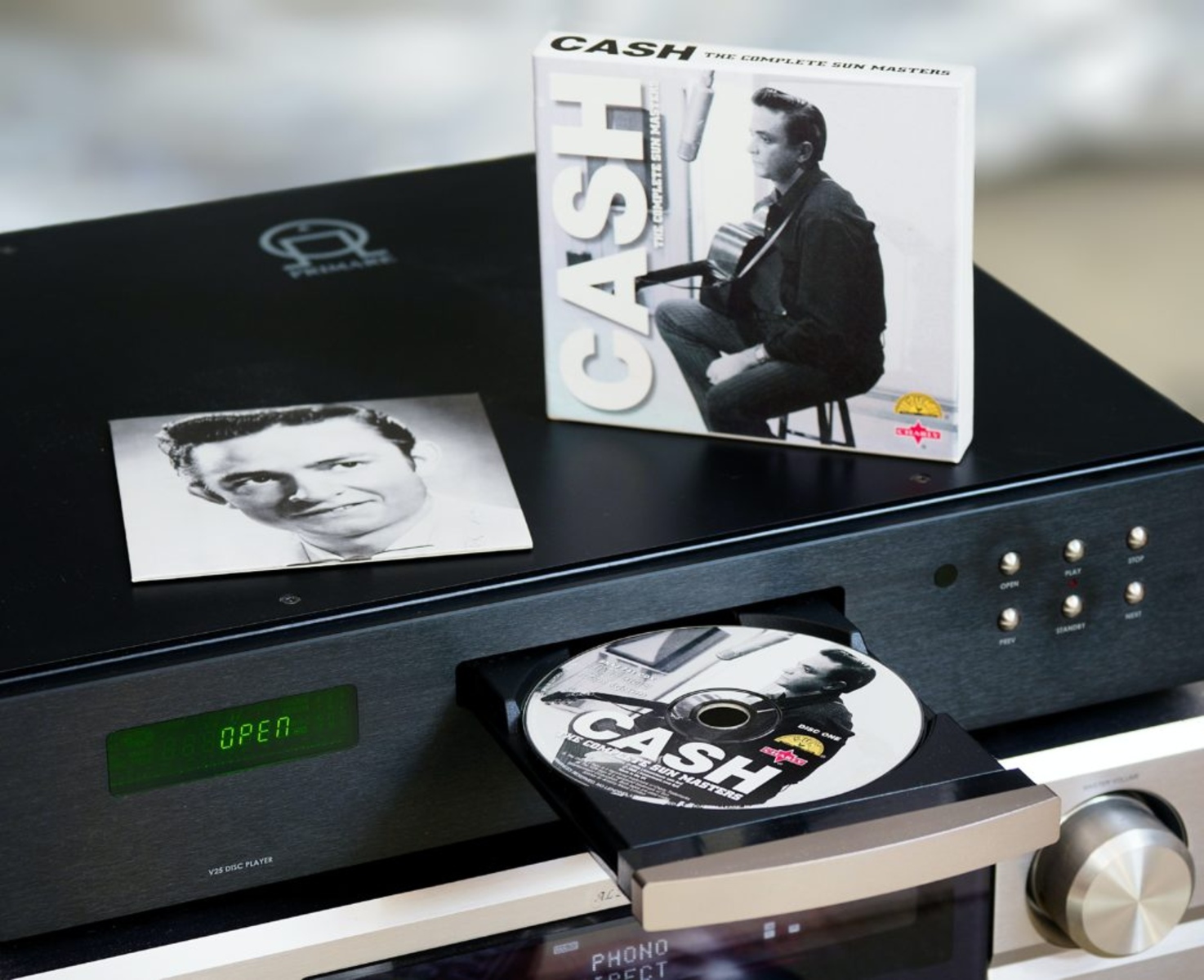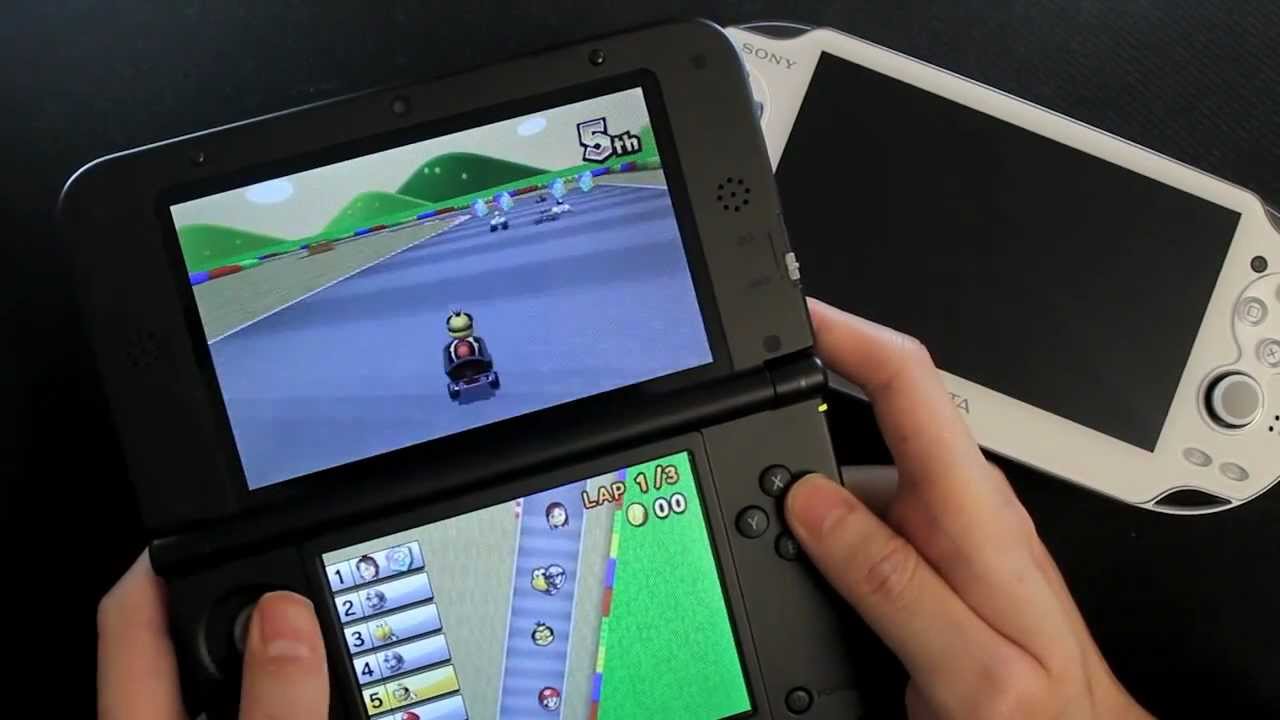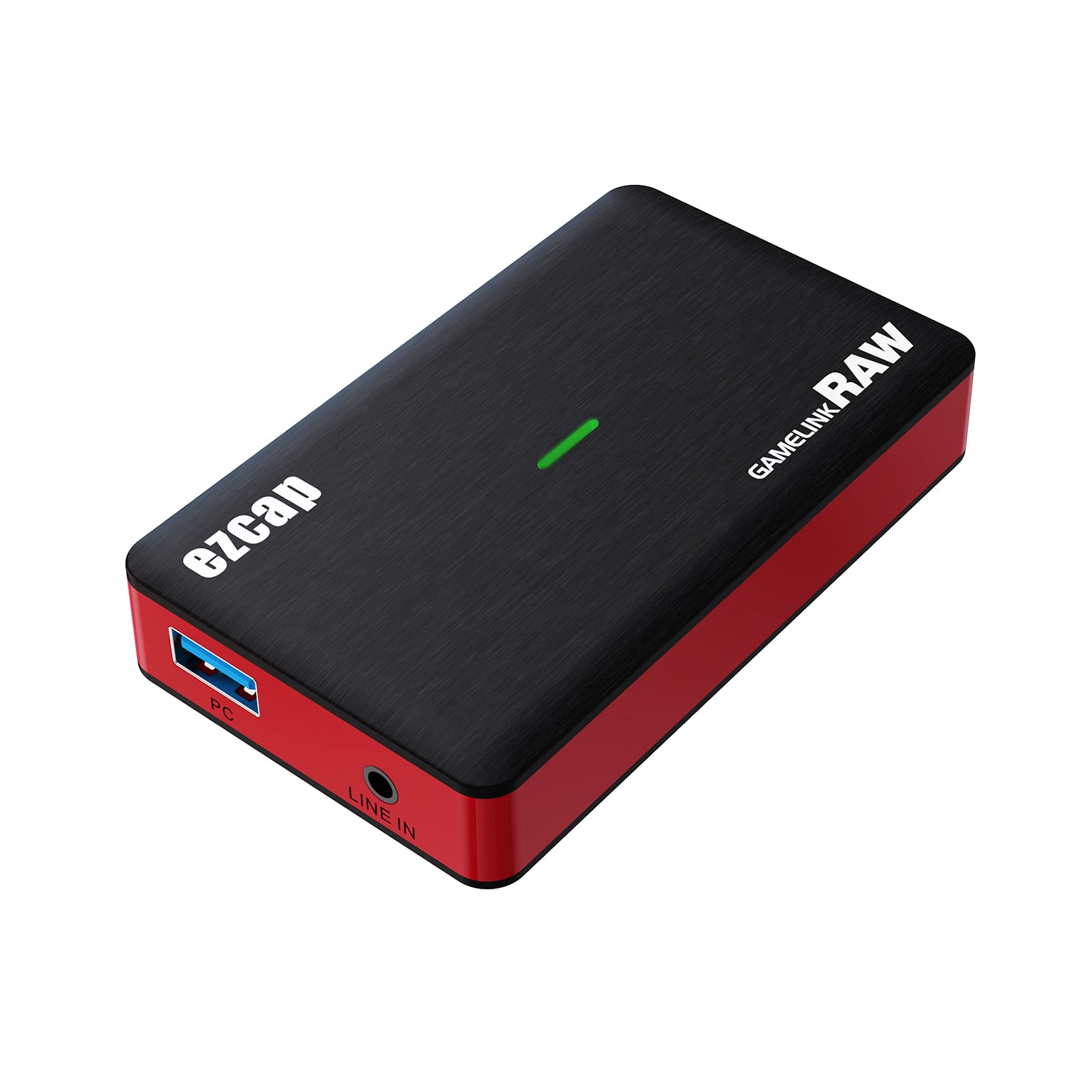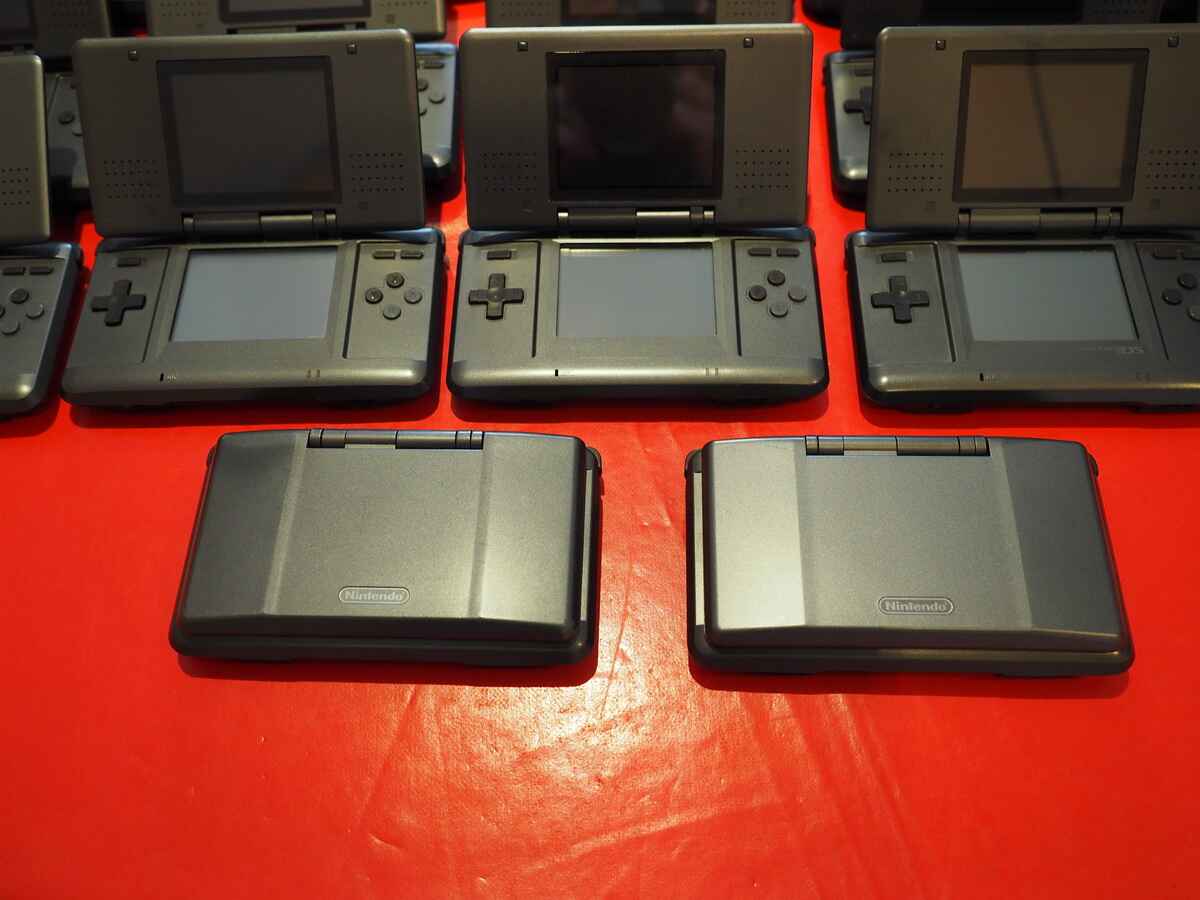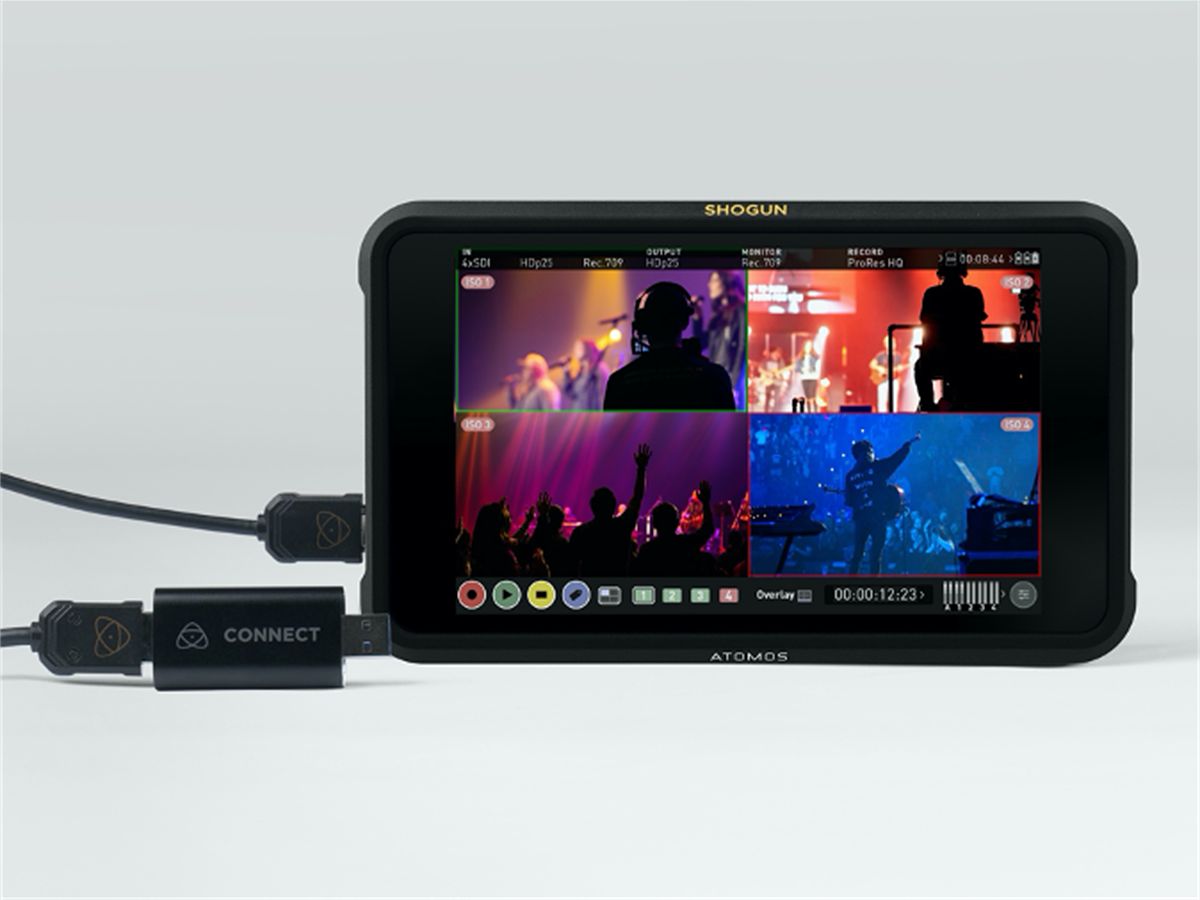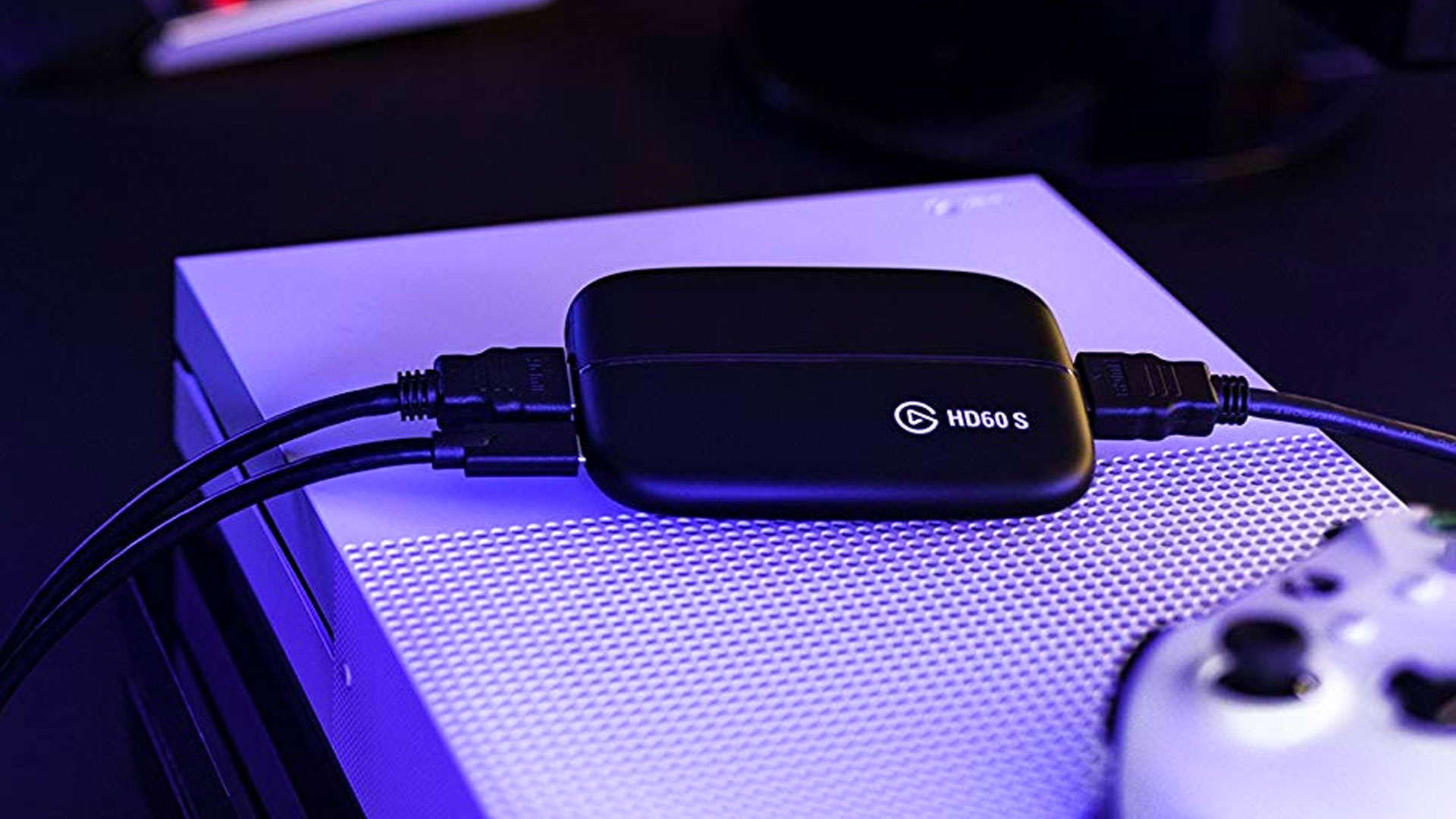Introduction
Welcome to the world of HDMI output recording! In this digital age, where video content dominates our lives, being able to capture and record high-quality output from HDMI devices has become increasingly important. HDMI (High-Definition Multimedia Interface) output is the industry standard for transmitting digital audio and video signals between devices, ensuring the highest levels of picture and sound quality. Whether you’re an aspiring cinematographer, a gamer looking to showcase your skills, or simply someone who wants to record and preserve precious moments, having the ability to record HDMI output opens up a world of possibilities.
With the rapidly evolving landscape of technology, HDMI output has become prevalent in a variety of devices, including laptops, game consoles, cameras, and streaming devices. It allows for seamless connection and transmission of audio and video signals, giving you a rich and immersive experience.
So why would you want to record HDMI output, you ask? Well, there are countless reasons! Perhaps you want to create high-quality video content for your YouTube channel or website. Maybe you want to capture your favorite gaming moments to share with friends or even monetize your gameplay. HDMI output recording also proves invaluable when it comes to documenting important presentations, conferences, or events. The possibilities are endless, and the ability to record HDMI output empowers you to capture and preserve moments that matter to you.
Now that we’ve established the significance of HDMI output recording, let’s dive into the equipment you’ll need to get started on capturing those precious digital memories.
What is HDMI Output?
HDMI, or High-Definition Multimedia Interface, is a digital interface that allows for the transmission of high-quality audio and video signals between devices. It has become the standard for connecting various devices, such as TVs, monitors, laptops, game consoles, and cameras.
HDMI output refers to the ability of a device to send audio and video signals through an HDMI cable to another device, such as a display or a recording device. The key advantage of HDMI output is its ability to transmit uncompressed digital signals, ensuring superior picture and sound quality.
HDMI output supports various video resolutions, including standard definition (SD), high definition (HD), and even 4K Ultra HD, depending on the capabilities of the devices involved. It also supports multiple audio formats, including multi-channel surround sound, making it ideal for home theater setups.
One of the notable features of HDMI output is its ability to transmit both audio and video signals in a single cable. This eliminates the need for separate audio and video connections, reducing clutter and simplifying the setup process. HDMI output also supports a two-way communication channel, allowing devices to share information and control commands, such as volume control or device synchronization.
Furthermore, HDMI output is versatile and widely compatible with a range of devices, making it a popular choice for connecting a variety of electronics. This versatility extends to gaming consoles, laptops, cameras, media players, and more, ensuring seamless connectivity across different devices.
In summary, HDMI output is a digital interface that enables the transmission of high-quality audio and video signals between devices. It provides uncompressed, superior picture and sound quality, supports various resolutions and audio formats, and simplifies connectivity through a single cable. HDMI output has become an essential feature in modern devices, enabling users to enjoy and record high-quality content.
Why Would You Want to Record HDMI Output?
Recording HDMI output offers numerous benefits and opportunities for individuals across various fields and interests. Here are some compelling reasons why you might want to record HDMI output:
1. Content Creation: Whether you are a YouTuber, filmmaker, or content creator, capturing HDMI output allows you to produce high-quality videos. By recording from devices such as cameras, gaming consoles, and computers, you can create engaging content for your audience. You can showcase gameplay, create tutorials, review products, or even produce professional-quality films.
2. Gaming and Streaming: Gamers who want to share their gaming experiences, walkthroughs, or highlight reels can benefit greatly from recording HDMI output. You can capture your gameplay in excellent quality, including the audio and video, and share it on platforms like Twitch or YouTube, building your online presence and connecting with fellow gamers.
3. Personal Memorabilia: Recording HDMI output allows you to preserve precious moments and memories in the highest possible quality. Whether it’s capturing a milestone event, a family gathering, or a special performance, having a recording of HDMI output ensures that these moments can be cherished and relived for years to come.
4. Professional Presentations: Professionals and educators can enhance their presentations by recording HDMI output. Whether you’re delivering a training session, conference talk, or educational lecture, capturing HDMI output enables you to create informative and engaging materials for attendees or online viewers.
5. Monitoring and Analysis: Recording HDMI output can be a valuable tool for analyzing and monitoring various activities. For instance, security personnel can use it for surveillance purposes, while researchers can record experiments or observations. By capturing HDMI output, you can review, analyze, and gain insights from the recorded content.
6. Archiving and Documentation: Recording HDMI output is an excellent way to create an archive of important events or presentations. Businesses, institutions, and organizations can record conferences, meetings, training sessions, and other valuable content for future reference or documentation purposes.
Overall, recording HDMI output offers a wide range of possibilities for content creators, gamers, professionals, and anyone who wants to capture and preserve high-quality audio and video. It allows you to unleash your creativity, share your experiences, and create lasting memories.
Equipment Needed to Record HDMI Output
Recording HDMI output requires a few essential pieces of equipment to ensure a smooth and successful process. Here’s a list of the key components you will need:
- HDMI Source Device: This refers to the device that is the source of the HDMI output. It could be a laptop, gaming console, camera, or any other device with an HDMI output port. Ensure that your source device supports HDMI output.
- Recording Device: To capture and record the HDMI output, you will need a recording device. There are various options available, depending on your requirements and budget. You can use a dedicated video capture card, an external recording device, or even a computer with capture software. Choose a recording device that is compatible with your source device and offers the desired features and recording capabilities.
- HDMI Cable: An HDMI cable is required to connect the HDMI output port of your source device to the recording device. Ensure that the cable is of high quality and supports the necessary HDMI standards, such as HDMI 2.0 for 4K recording or HDMI 1.4 for standard HD recording.
- Power Supply: Make sure you have the necessary power supplies or batteries for both your source device and recording device. Depending on the setup, you may require additional power adapters or batteries to ensure uninterrupted recording.
- Storage Medium: Recording HDMI output generates large amounts of data, so you will need a suitable storage medium to store your recordings. This can be an external hard drive, SSD, or even cloud storage, depending on your setup and preference.
- Optional Extras: Depending on your specific needs, you may require additional equipment. This could include audio equipment, such as microphones or audio mixers, if you want to capture high-quality sound alongside the HDMI output. Other optional extras may include HDMI splitters or switches to manage multiple HDMI sources and displays.
Having the right equipment is crucial to ensure the quality and reliability of your HDMI output recording. It’s important to do thorough research, consider your specific requirements, and choose equipment that fits your budget and goals.
Procedure to Record HDMI Output
Now that you have the necessary equipment, it’s time to dive into the step-by-step procedure for recording HDMI output. Follow these guidelines to successfully record your desired content:
- Connect the HDMI Source Device: Plug one end of the HDMI cable into the HDMI output port on your source device, such as a camera or gaming console. Plug the other end of the cable into the HDMI input port on your recording device.
- Power On the Devices: Ensure that both your source device and recording device are powered on and connected to a power source. This ensures that they have sufficient power throughout the recording process.
- Select the Recording Device Input: If using an external recording device, select the appropriate HDMI input source. This may involve navigating through menus or using buttons on the device to switch inputs. Consult the device’s user manual for specific instructions.
- Configure Recording Settings: Adjust the recording settings on your recording device, if applicable. This includes selecting the desired resolution, frame rate, and audio settings. Consult the user manual or software interface of your recording device for customization options.
- Start Recording: Once the devices are connected and the settings are configured, you’re ready to start recording. Depending on your recording device, you may have a dedicated button to initiate recording or a software interface that allows you to start and stop recording. Press the appropriate button or click the record button within the software interface.
- Monitor the Recording: Keep an eye on the recording device to ensure that the HDMI output is being captured properly. Monitor the device’s display or software interface to verify that the recording is in progress and that the audio and video are being captured as desired.
- Stop the Recording: When you’ve finished capturing the HDMI output, stop the recording. Press the appropriate button on your recording device or click the stop button within the software interface. Ensure that the recording process has come to a complete stop before proceeding.
- Safely Disconnect and Transfer the Recording: Once the recording is complete, safely disconnect the HDMI cable from both the source and recording devices. If necessary, transfer the recorded file to your desired storage medium, such as an external hard drive or cloud storage, for safekeeping and further editing or sharing.
Remember to consult the user manuals for your specific devices and recording software for detailed instructions on the operation and customization of each device. By following these steps, you’ll be able to successfully record HDMI output and capture your desired audio and video content.







